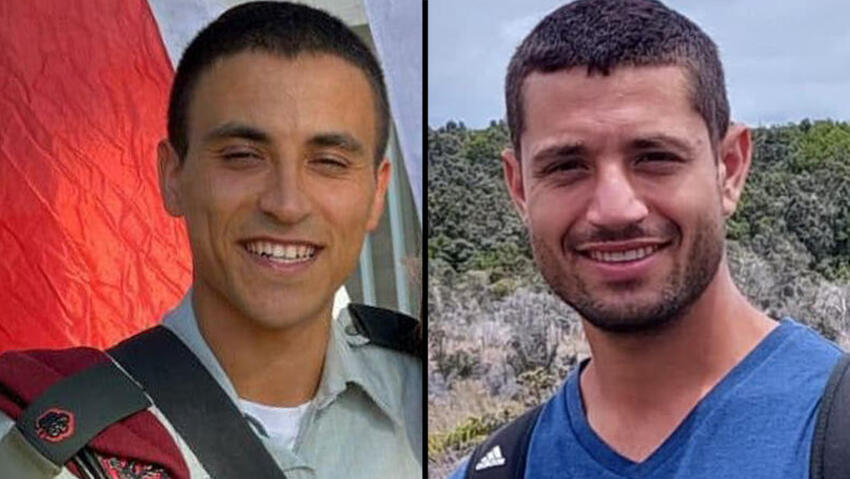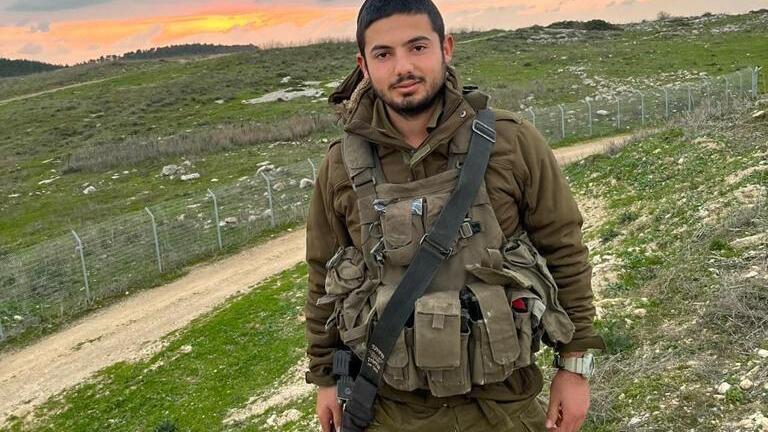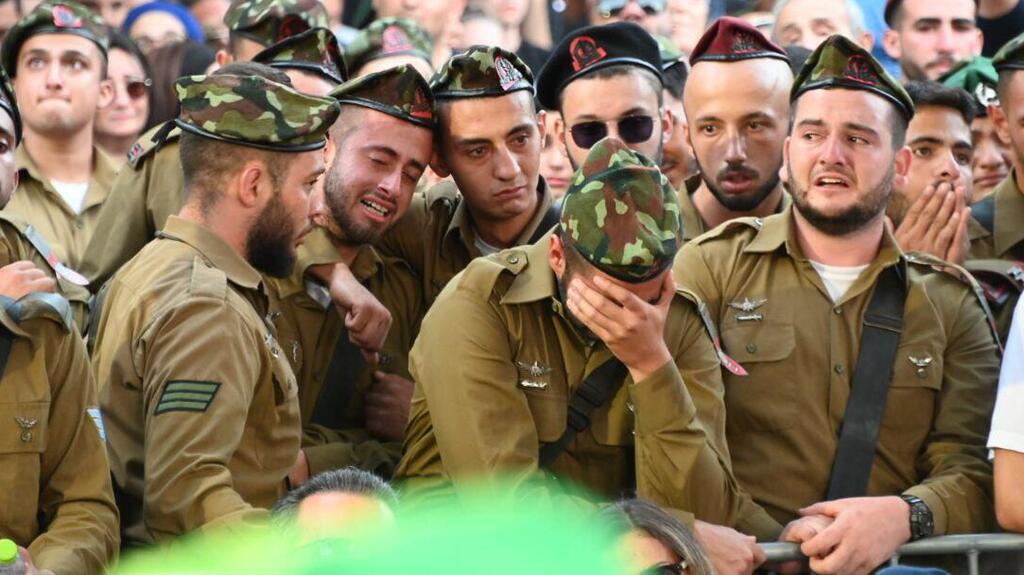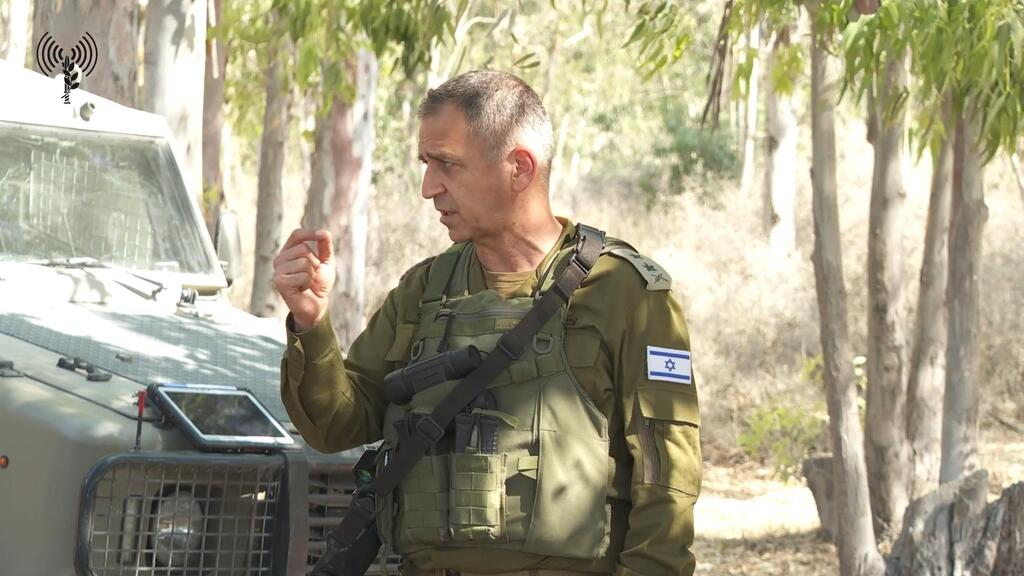Getting your Trinity Audio player ready...
The tragic incident that took place on Monday night, in which IDF Staff Sergeant Nathan Fitoussi was shot dead by his comrade-in-arms, marks the third time in the past year that a soldier was killed or wounded by friendly fire.
The precise definition of friendly fire may not exactly apply to all three cases, but the recurring trend among them is the lack of discipline and inability to follow guidelines exhibited by the troops.
On Monday, near the West Bank city of Tulkarm, we were abruptly reminded of the consequences that come with neglecting strict guidelines.
The first of the three aforementioned incident took place in September, when a high-ranking commander and a sergeant from the elite Duvdevan Unit were wounded during an arrest operation in the West Bank village of Bruqin. The two accidentally entered the line of fire as a result of a lack of coordination between the forces. This event, however, took place during combat and is at least understandable.
The second, and the most deadly, took place in Unit 621, otherwise known as Egoz. Maj. Ofek Aharon and Maj. Itamar Elharar died in the event, and the subsequent commission of inquiry found serious disciplinary discrepancies in the conduct of the troops involved.
4 View gallery


Itamar Elharar and Ofek Aharon - the two Egoz officers killed in the incident
(Photo: The IDF Spokesperson's Unit)
The head of the commission recommended the unit chief be ousted from his position to set an example to all IDF commanders. Despite IDF Chief of Staff Aviv Kochavi's decision to allow him to maintain post, the Egoz chief saw himself out. This disaster, and the IDF's management of it, raised a lot of criticism among the families of the fallen soldiers, as well as the general public.
The most recent incident, which claimed the life of 20-year-old Fitoussi, does not fall under the official definition of friendly fire, because the bullets that took his life were fired from a single weapon during a conventional routine activity with clear guidelines. Contrary to initial claims, the neglect of the guidelines by the soldiers involved, were not due to having been worn out after weeks of strenuous shifts, given they had only arrived there on Thursday.
The preliminary investigation revealed the victim left his post to pray, and was mistaken for an intruder by a fellow soldier upon his return. As a result, he was shot twice. Although the soldier who shot Fitoussi claimed to have acted in accordance with the guidelines, he has some explaining to do.
His claim that he felt his life was in danger is questionable at best. Had he asked the "suspect" to freeze, or shot in the air and then towards his legs - as per the IDF guidelines - the death could have been avoided.
The IDF has neither footage of the incident, nor witnesses to testify, leaving the narrative up to the shooter. What happened while Fitoussi was off praying? Why did he not assume Fitoussi was on his way back to the post? What went through his head, and did he really follow the procedures?
Getting answers to these questions is a difficult task, especially considering the fact that Fitoussi and the shooter were close friends, who served together for two years.
The preliminary investigation of the incident in Egoz, which unlike the Fitoussi case included witnesses, the shooter's narrative changed several times before it was clear what really took place. Imagine getting to the truth with no witnesses to corroborate or dismiss testimonies.
In recent flare-up in Gaza, dubbed Operation Breaking Dawn, the Israeli Air Force and Intelligence Corps excelled and showed their supremacy over IDF's ground forces.
But with all due respect, in a "real" war, like the one we may have to fight against the Lebanese Hezbollah in the future, Israel will need its ground forces more than any other corps.
Whoever thought the IDF is prepared for an actual war, might want to let the death of Fitoussi awaken them from their delusions.




